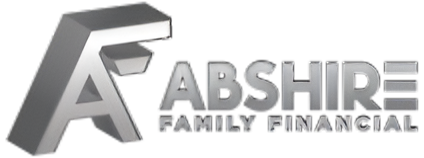Managing Hardship Withdrawals in Employee Benefits
Navigating the complexities of employee benefits can feel overwhelming, especially during times of economic uncertainty when financial stress on employees is at an all-time high. As an employer, you want to support your workforce while maintaining the integrity of your retirement plans. Hardship withdrawals from 401(k) plans can be a much-needed lifeline for employees faced with serious financial challenges—but only if handled correctly. This blog post aims to clarify essential details for managing these withdrawals within your plans.
Understanding Financial Challenges
Hardship distributions are designed to assist employees who are undergoing serious financial difficulties, such as medical emergencies or disaster-related costs. However, not all 401(k) plans offer this feature. It is crucial for employers to review plan documents and confirm whether hardship withdrawals are explicitly permitted.
Meeting IRS and Plan-Specific Criteria
It is imperative that requests for hardship withdrawals meet both IRS and plan-specific definitions of financial hardship. It's important to note that generic financial trouble does not automatically qualify for such distributions. Employers must adhere to these criteria to avoid potential compliance issues.
Documenting the Withdrawal Process
Employers are also required to maintain accurate documentation for all hardship withdrawals. This documentation must demonstrate that the funds are being used solely to address the immediate financial need. This step helps ensure that the withdrawal process is both transparent and compliant with IRS regulations.
Exploring Other Financial Options
Before approving a hardship withdrawal, employers should consider whether other financial options, such as plan loans, are available and more appropriate. Unless the plan states otherwise, these alternatives can often be a better solution for both the employee and the employer.
Staying Current and Compliant
It’s essential for plan provisions to align with current IRS regulations. Employers should document every step of the process to remain compliant and avoid penalties. A well-documented, IRS-compliant process not only supports the employees but also maintains the plan's integrity.
While managing hardship withdrawals can be complex, following these guidelines can help employers support their workforce effectively. Regularly reviewing and updating plan provisions is vital. Should any questions arise, don't hesitate to reach out for guidance. By doing so, you're ensuring that your 401(k) plan remains a reliable resource for your employees during their most challenging times.





















